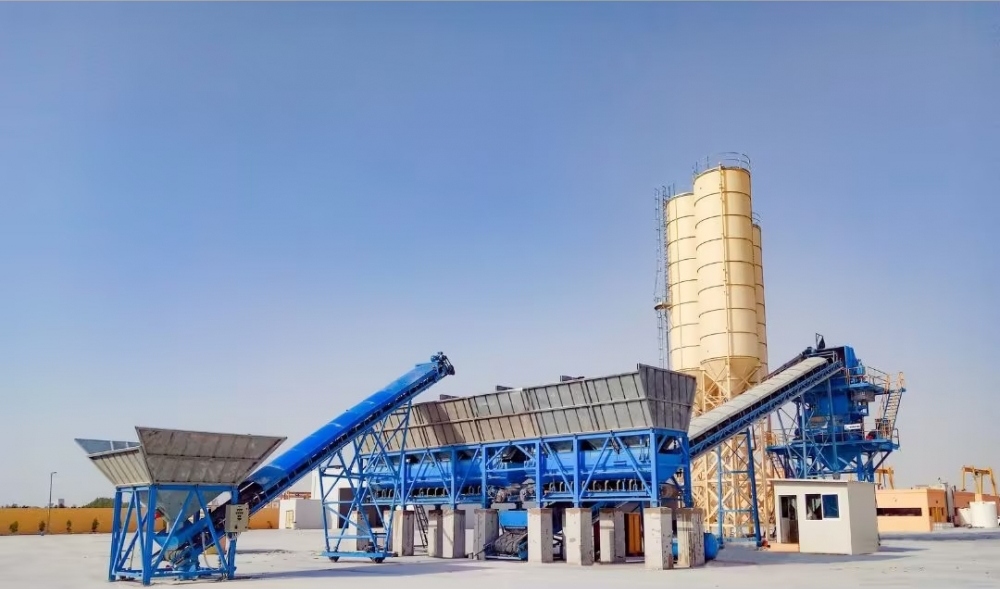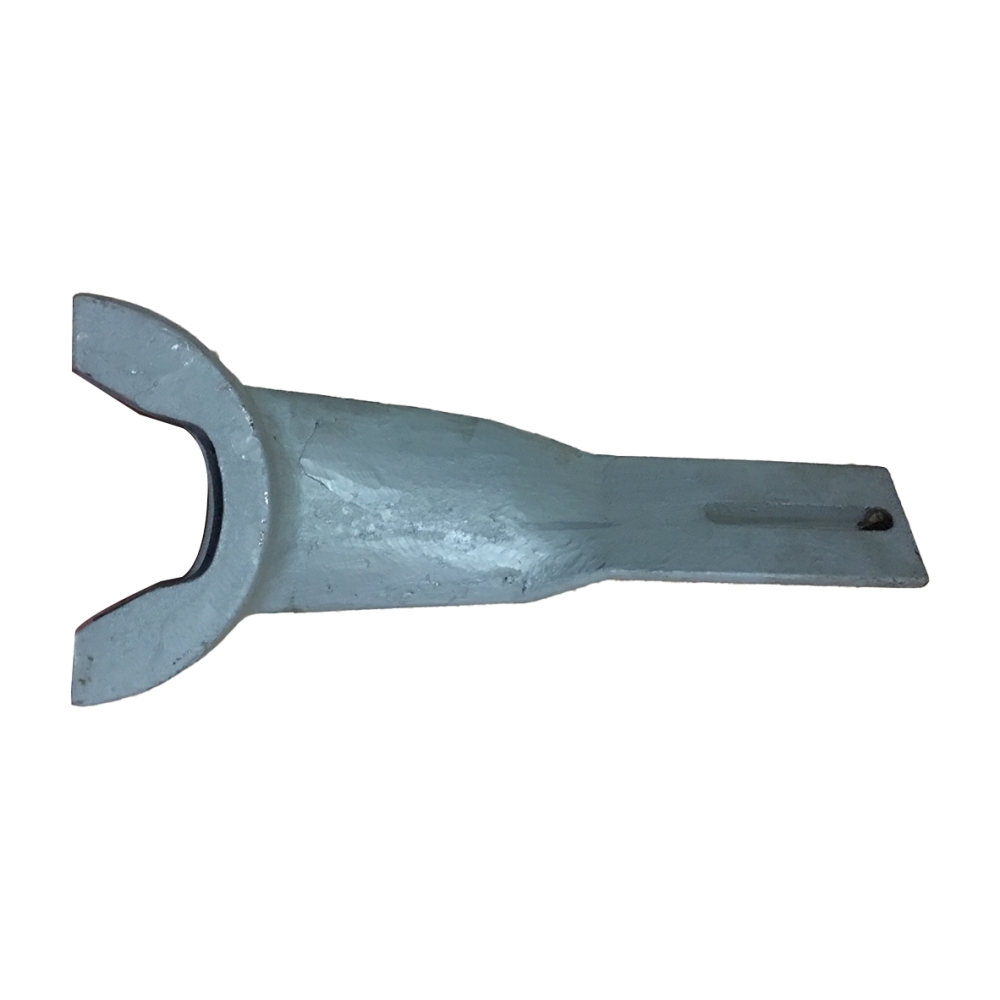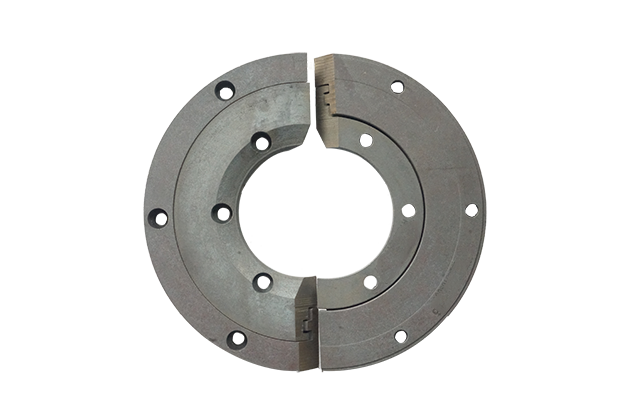Concrete batching plants (also called concrete mixing plant) are essential facilities in the construction industry, responsible for producing concrete efficiently and consistently. These plants mix various raw materials, such as cement, aggregates, water, and additives, to create concrete that meets specific project requirements. Ensuring the smooth operation of these plants is crucial, and regular maintenance is key to preventing downtime and ensuring quality output.

Wear parts are components that experience significant wear and tear due to constant use in a concrete batching plant. Their proper functioning is vital for the overall efficiency of the plant. Over time, wear can lead to decreased productivity, increased operational costs, and potential safety hazards. Understanding the main wear parts and their maintenance is essential for maximizing the lifespan of the equipment.
Concrete batching plants mixing blades, or paddles, are crucial for ensuring that the ingredients are thoroughly combined. Typically made from durable materials such as alloy steel or high-chrome alloys, these blades face significant abrasion from the aggregates during the mixing process. Regular inspection and timely replacement of mixing blades are essential to maintain optimal mixing efficiency and prevent damage to the mixing chamber.
Mixing liners serve to protect the interior of the mixing drum or chamber from wear. Lining plates are designed to absorb the impact and friction caused by the mixing process. Available in materials like wear-resistant steel, rubber, or ceramic, liners can greatly extend the lifespan of the mixing chamber. Regular replacement of liners is crucial for preventing excessive wear on the drum itself.
The mixing arm is an important part of the concrete batching plant, mainly used to evenly mix various ingredients such as cement, aggregates and additives. Its design is usually a curved structure, which can provide effective material flow during the mixing process to ensure uniform mixing. The mixing arm is made of high-strength wear-resistant materials to withstand high-intensity operating environment and wear and tear, and extend its service life. In addition, the adjustability of the mixing arm allows it to adapt to different types of concrete formulas to meet various engineering needs.

Wear plates are installed in high-wear areas to minimize damage to the plant structure. Typically made from manganese steel or other hard materials, they absorb the wear that would otherwise affect more critical components. Properly maintained wear plates contribute to the longevity of the equipment and reduce maintenance costs.
Scraper blades ensure that all materials are mixed thoroughly and transferred effectively. These blades are subject to wear due to their constant contact with aggregates. Regular maintenance is necessary to prevent uneven wear and material buildup, which can affect the quality of the concrete.
Discharge gates control the flow of mixed concrete and are crucial for efficient operation. They experience wear from handling coarse aggregates and can become damaged over time. Selecting durable materials and implementing a regular inspection schedule can help extend the lifespan of discharge gates and ensure proper functionality.
Seals and bearings are critical for preventing leakage and supporting mechanical movement within the plant. Over time, wear can compromise their performance, leading to contamination and inefficiencies. Proper lubrication and routine inspections are essential for maintaining these components and ensuring smooth operation.

Type of Aggregates and Abrasiveness: The type of aggregates used in concrete production plays a significant role in wear rates. Harder and more abrasive materials can lead to faster wear of wear parts, necessitating more frequent replacements.
Mixing Speed and Intensity: Operational speed and mixing intensity can also affect wear rates. Higher speeds can lead to increased friction and impact on wear parts, accelerating deterioration.
Maintenance and Operational Practices: The way operators handle and maintain the equipment significantly influences wear. Regular cleaning, proper handling, and adherence to operational guidelines can mitigate unnecessary wear and extend the life of wear parts.
Regular Inspections: Conducting routine inspections is vital for identifying wear before it becomes critical. Early detection can prevent more extensive damage and costly repairs.
Material Selection: Choosing high-quality materials for wear parts can significantly enhance their durability. Investing in superior materials pays off in the long run by reducing replacement frequency.
Proper Lubrication and Cleaning: Maintaining equipment cleanliness and ensuring proper lubrication minimizes friction and wear, contributing to the longevity of wear parts.
Timely Replacement of Wear Parts: Understanding when to replace worn parts is crucial to avoid breakdowns. Implementing a proactive replacement strategy can keep the plant running smoothly and prevent unexpected downtimes.
The main wear parts of a concrete batching plant—mixing blades, liners, wear plates, scraper blades, discharge gates, and seals—are critical for maintaining efficient operations. Each component plays a vital role in ensuring that concrete is mixed effectively and delivered consistently.
Regular maintenance is key to prolonging the life of these wear parts. By following a proactive maintenance schedule and ensuring timely replacements, operators can significantly enhance the efficiency and reliability of their concrete mixing plants.
Understanding and maintaining wear parts is essential for maximizing the efficiency of concrete mixing plants. By investing in quality components and adhering to best practices for maintenance, manufacturers can ensure that their equipment performs optimally and meets the demands of the construction industry.